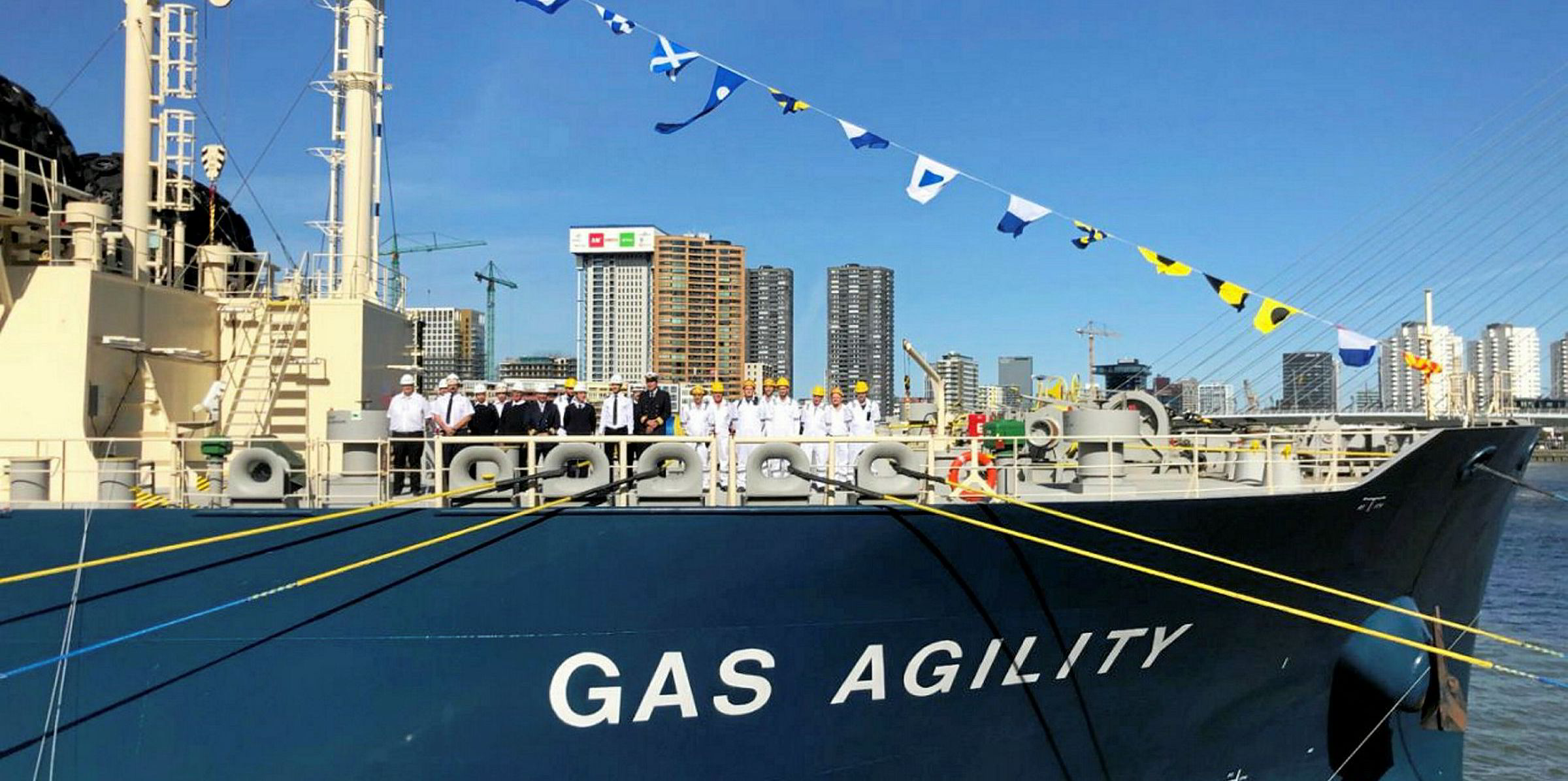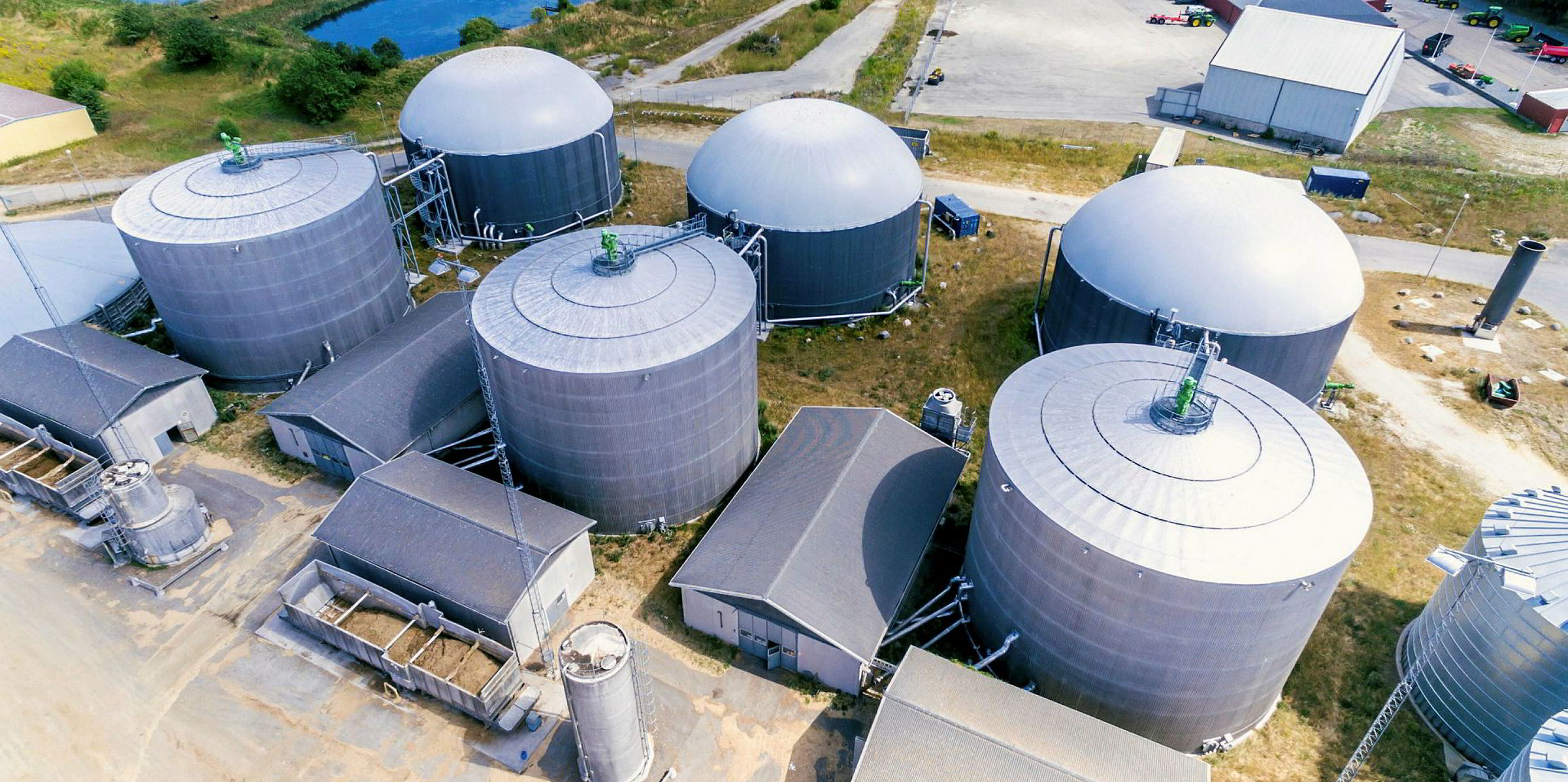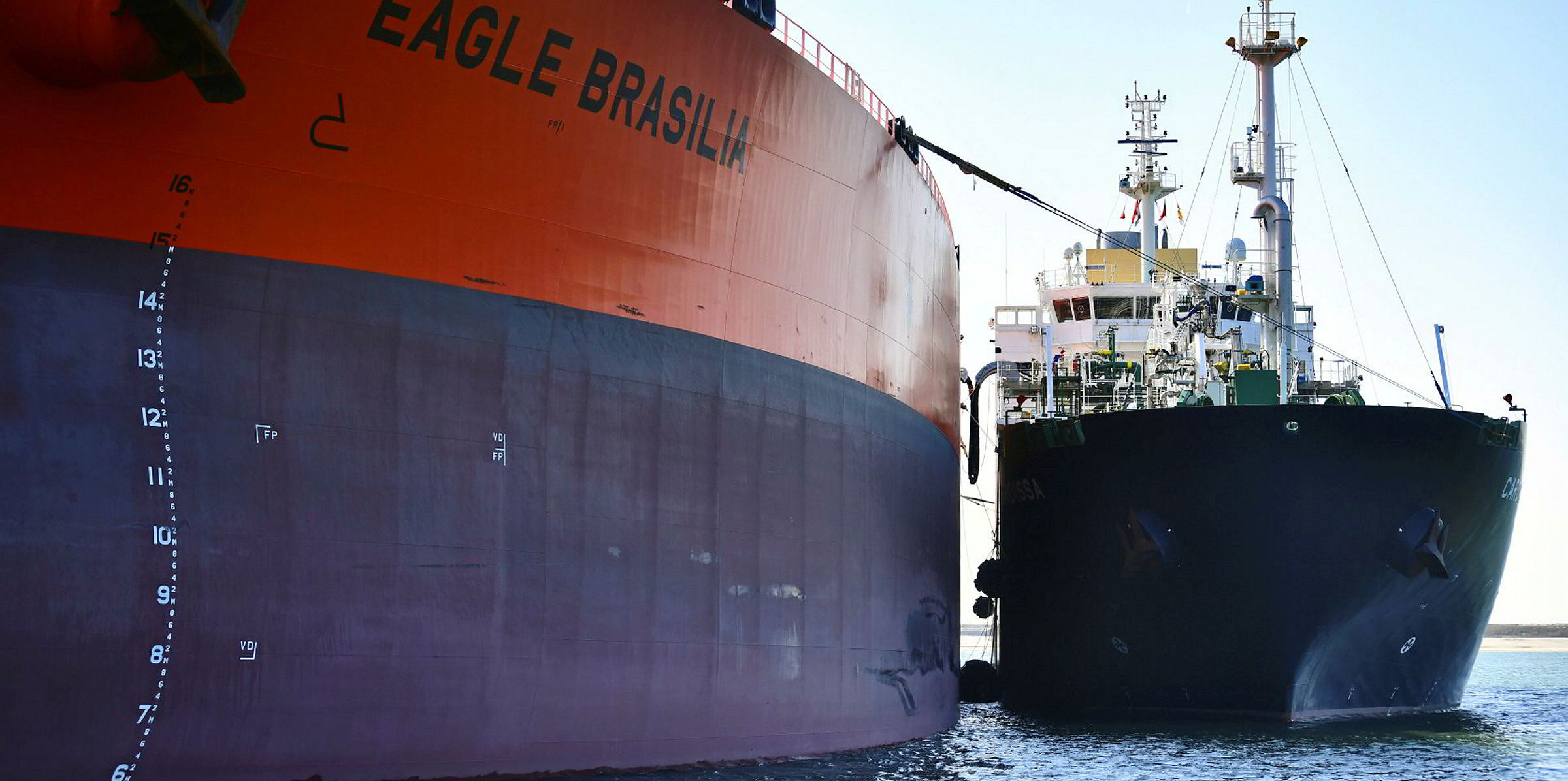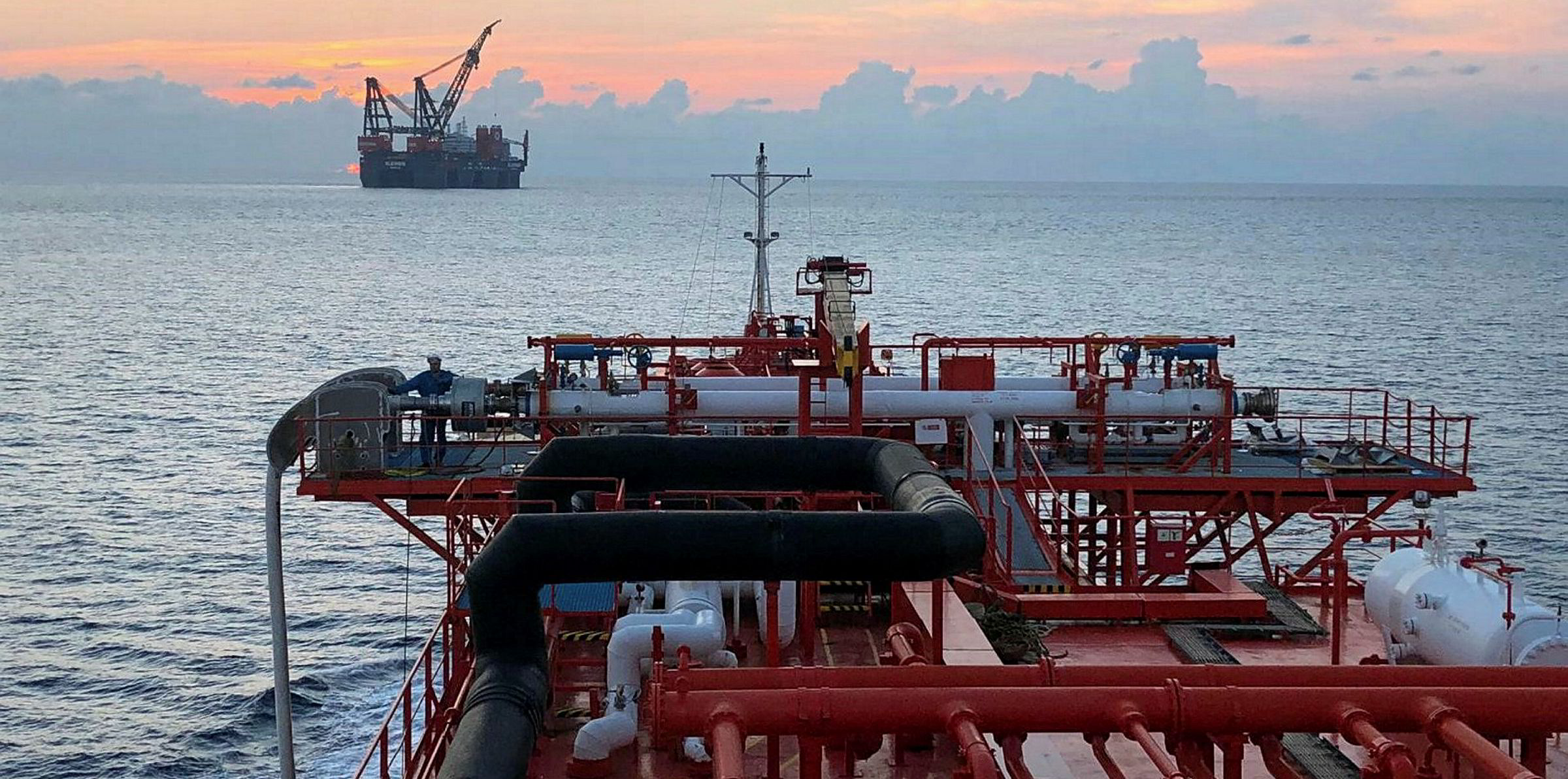Next month, the world’s largest LNG bunkering vessel is expected to supply an ultra-large containership with the biggest single quantity of LNG bunkers, in what looks set to be a pivotal moment for deepsea LNG fuelling.
Total’s bunker supply arm, Total Marine Fuels Global Solutions (TMFGS), will use its 18,600-cbm, chartered LNGBV newbuilding Gas Agility to bunker the 23,000-teu newbuilding CMA CGM Jacques Saade in Rotterdam.
Filling the boxship's single 18,600-cbm bunker tank will allow the vessel to undertake an 84-day round trip from Europe to Asia using LNG without refuelling.
Singapore-based Jerome Leprince-Ringuet is managing director of TMFGS, which has been offering LNG as a marine fuel since 2017. He attended Gas Agility's September naming virtually due to Covid-19 restrictions and is upbeat about this key piece of infrastructure being put in place.
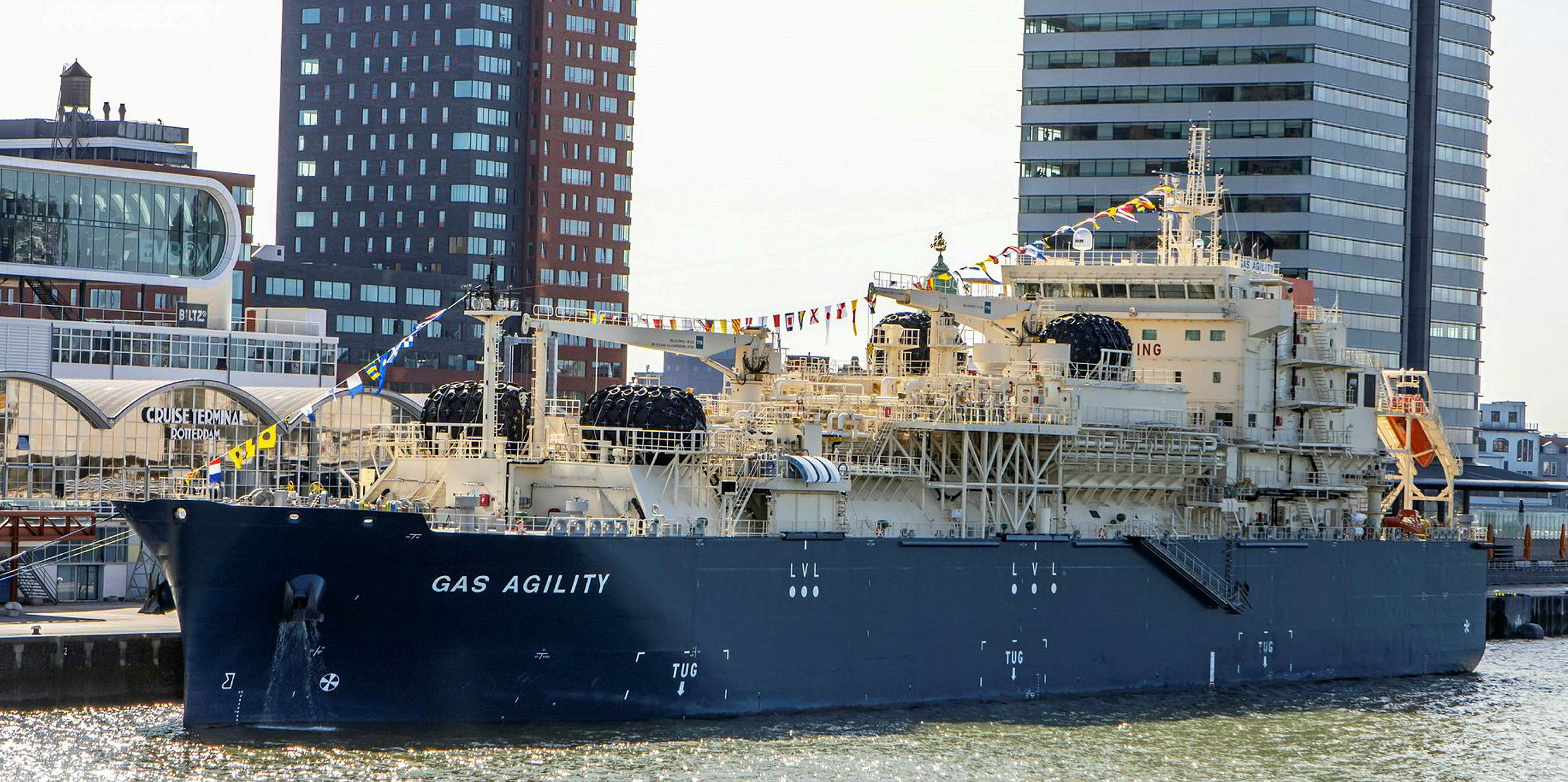
TMFGS’ contract with French liner giant CMA CGM is for 300,000 tonnes per annum of LNG as bunkers for a decade.
Leprince-Ringuet is coy on scheduling, except to say the LNGBV is expected to bunker about one boxship per week in the Port of Rotterdam’s containership terminal.
Growing reach
Two more LNGBVs will follow, extending TMFGS' reach into Asia and the Mediterranean.
In Singapore, where Total believes LNG could grow to reach 10% of the 50 million tonne per annum bunker market by 2030, TMFGS will have access to a 12,000-cbm LNGBV.
The shipowners are no longer shy on LNG
Jerome Leprince-Ringuet
This vessel — which is set to become Asia’s largest LNGBV — will deliver in mid-2021, with TMFGS sharing its capacity with local gas supplier and its partner in the ship Pavilion Energy.
By the end of 2021, a sistership to the Gas Agility is due at its new home port of Marseilles, where it will bunker CMA CGM’s 15,000-teu vessels while targeting cruise and other ships visiting the region.
CMA CGM will be an anchor client for all three LNGBVs but TMFGS will need other customers for the trio.
Leprince-Ringuet is on the case.
“We are looking for other customers for Gas Agility,” he said. "We are speaking to customers who have made decisions and we expect next year that new orders will take off and part of these we expect will be LNG [fuelled-ships]."
Transition starter
Total has said the LNG marine bunker market will reach 10 mtpa by 2025 and double this by the end of the decade, with chairman and chief executive Patrick Pouyanne’s strategy briefing this weekshowing it is targeting a 10% share of this business.
Leprince-Ringuet believes the 2025 figure is “highly achieveable” for the industry.
“For me the transition to LNG has started,” he said, pointing to the newbuilding orderbook where LNG-fuelled newbuildings now constitute over 20% of the orders for some ship sectors.
He rejects the notion that uptake has been slower than expected.
The world orderbook is at one of its lowest ebbs, he explained, but the proportion of LNG-fuelled vessels is still growing.
What he does still hear from the market are questions about whether infrastructure for LNG fuelling is sufficient. “There is an answer and that is ‘yes’,” he said.
“Today, infrastructure is no longer the point.” There is more than enough in Europe, with overcapacity of LNGBVs, he added, and in Asia it is developing fast.
As evidence, he highlights the uptake of LNG by the tanker sector, where Total is chartering in two of the world’s first LNG-fuelled VLCCs that TMFGS will supply from their deliveries in 2022.
LNG advocate
Leprince-Ringuet said that two years ago he did not expect tramping vessels like VLCCs to turn to LNG so quickly.
He said the LNG fuelling business case works for VLCCs. “On top of the economics, we are safe to say they will find infrastructure wherever they go and will not be short supplied.”
Leprince-Ringuet said TMFGS’ vision is to be present with LNG in all the major global bunkering hubs.
The company has already made public its ambitions for a terminal in Oman, but this is dependent on the group’s progress with an integrated gas project there.
“We are developing as fast as we can in all geographies,” Leprince-Ringuet said. The intent is to cover North Asia, the Middle East and the Americas.
He is cautious on putting a number on the LNGBVs needed.
But he said: “There is room for a diversity of players to enter the LNG bunkering business and allow for diversification of the offer to the end customers,” adding that this will reassure shipowners that they are seeing a variety of offers and sound competition.

